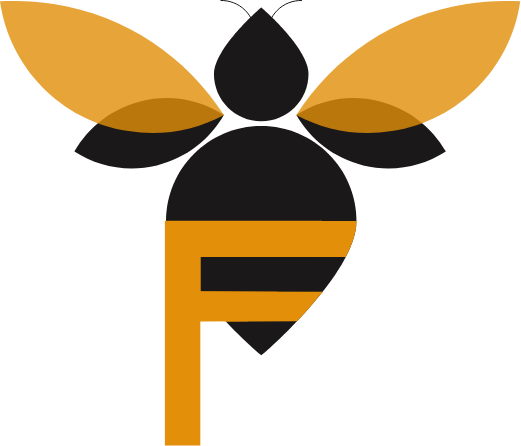SEPTEMBER 2025
Last month I was feeling a bit disappointed with the potentially low honey yield, but my bees have been working the Himalayan Balsam like mad – every single forager returns as a ghost – so I think I will have a pretty decent crop in the end. Bramble came so early this year and the ivy is not going yet. It appears that there was little nectar in the heather because of the drought, so thank heavens for the Balsam filling that gap!
The late swarm I collected in early August has settled in nicely and I am feeding it regularly. At first I suspected it was queenless as there was no sign of any eggs after 10 days. Then when I went in again with a view to merging it with another colony, I saw eggs, larvae, brood, hurrah! I will now keep on feeding and insulate the hive in the hope that it can happily overwinter successfully.
In the meantime, I am assessing my other colonies for varroa ….. I am delaying treatment if necessary until next week as there is one more nearly ripe super of Himalayan Balsam heather….
All that and half way through extracting and creating another box of beeswax for rendering and a pile of supers that need scraping, scorching and storing – a beekeeper’s cleaning up is never done!
What is going on in the hive?
The queen will be laying still but these bees will take the colony through the winter. Winter bees have well developed fat bodies, enabling them to live much longer than the summer bees.
The colony should be storing honey at the margins of the brood box as well as in the supers for winter. My bees are still working really hard – flying until late in the evening, as long as it is light and warm enough.
So make sure that your hives are set up to succeed – disease free, low varroa mite numbers, plenty of stores, large enough in numbers to keep the colony going. I always leave them a super of honey as that is the best food for them.
Check the larder
My garden remains colourful with the help of nasturtium, rudbeckia and michaelmas daisy, but the star of the show is Himalayan Balsam by the river which is bringing in dividends for my bees. I hope yours are near some too! In the meantime, the ivy is coming along and will come into flower in the next couple of weeks. I enjoy watching the huge variety of pollinators on the ivy when it is in flower – and I will be keeping my eyes peeled for Yellow Legged Hornet this year.
Enjoy your bees!



